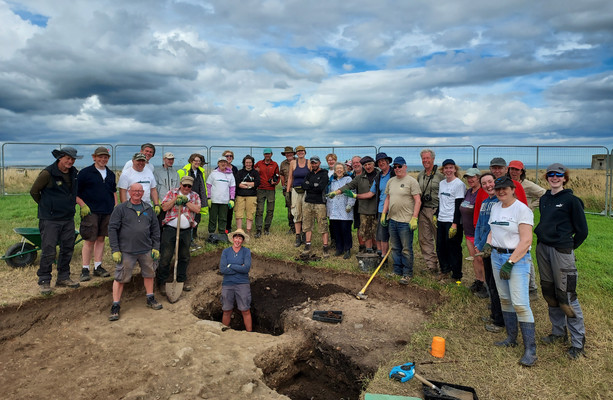Headline: Villager Rescued from Typhoon Toraji Flooding in the Philippines
In the aftermath of Typhoon Toraji, a local resident’s harrowing rescue highlights the ongoing struggle for safety in the Philippines as the country faces its fifth storm in under a month. While class suspensions have been announced for Wednesday, November 13, and continue into Thursday, November 14, the effects of Typhoon Toraji have already been monumental, underscoring the urgent need for disaster preparedness and response improvements.
Unfolding Drama Amidst Devastation
The dramatic rescue took place in a small village in the northeastern region of Luzon, which suffered significant flooding as the storm swept through the area. The Department of Social Welfare and Development (DSWD) reported that local authorities, with the support of specialized rescue teams, worked tirelessly to help stranded individuals who became trapped in rising waters.
“Yesterday, we received calls for help from residents caught in the floods. Our response teams are ready to assist,” said Mark Reyes, a spokesperson for the DSWD. This statement reflects the mounting pressure on government agencies to ensure the safety and well-being of citizens during severe weather conditions.
Despite the prevailing chaos, rescue operations were swift. First responders used inflatable boats and makeshift rafts to reach those stranded on rooftops and in upper floors of submerged homes. Community members banded together, showcasing resilience and solidarity during the crisis.
The Broader Context of Typhoon Toraji
Typhoon Toraji made landfall on November 12, 2024, wreaking havoc across multiple provinces. According to the state meteorological agency, PAGASA, the storm brought heavy rainfall, triggering landslides and widespread flooding. The Philippine government has historically faced challenges in disaster preparedness, but incidents such as Typhoon Toraji reveal critical areas for improvement.
“Each storm highlights vulnerabilities in our infrastructure and response strategies,” warns Dr. Celia Santiago, a climate expert at the University of the Philippines. “It’s imperative that we not only respond to disasters but also strategize for climate resilience.”
Impact on Education
As a precautionary measure, local educational institutions announced class suspensions for the week. The Department of Education confirmed that schools in severely affected areas will remain closed on November 14, with assessments ongoing to evaluate damage and ensure student safety.
“This decision was made considering the safety of our students and teachers,” commented Education Undersecretary Alisa Torres. “They will not be penalized for missed classes, and we will provide additional support to help facilitate their learning upon returning.”
Preparedness for Future Storms
With the Philippines being located in a region frequently impacted by typhoons, experts urge the necessity of enhancing preparedness and disaster response capabilities. Community drills, allocation of emergency resources, and public awareness campaigns were identified as essential components for combating future storms.
“The government must invest in infrastructure that can withstand climate-related challenges,” remarked Dr. Santiago. “Long-term strategies are essential to safeguard our communities, especially with climate change intensifying these weather events.”
Moving Forward with Resilience
While Typhoon Toraji has inflicted immediate challenges, the resilience of Filipinos prevails. Community members are coming together to support one another, demonstrating the strength of local bonds in times of adversity.
As the storm system "Nika" exits the Philippine Area of Responsibility (PAR) with wind signals lifted, attention will now turn to recovery efforts. The Department of Health has also called for vigilance with potential health risks due to displaced families and contaminated water supplies.
For anyone affected, the DSWD and local governments are providing immediate support, including food and medical assistance. Those interested in donating or offering help can find resources through governmental and non-governmental agencies actively working on-the-ground recovery efforts.
Join the Conversation
The situation following Typhoon Toraji demonstrates a crucial need for continued dialogue on disaster preparedness and community resilience. How has your community responded to natural disasters? Share your stories and voice your thoughts in the comments section below.
For further information on disaster response efforts and updates on upcoming weather systems impacting the Philippines, visit ABS-CBN News or GMA News Online.
By focusing on the information presented, this article aims to educate and engage readers, encouraging them to interact and share their perspectives on disaster resilience and recovery.
